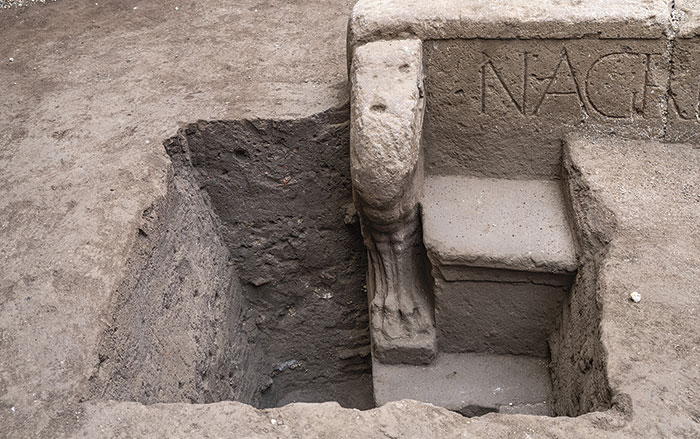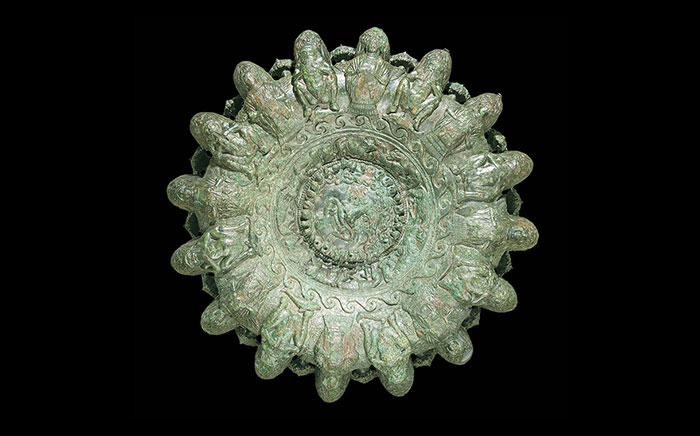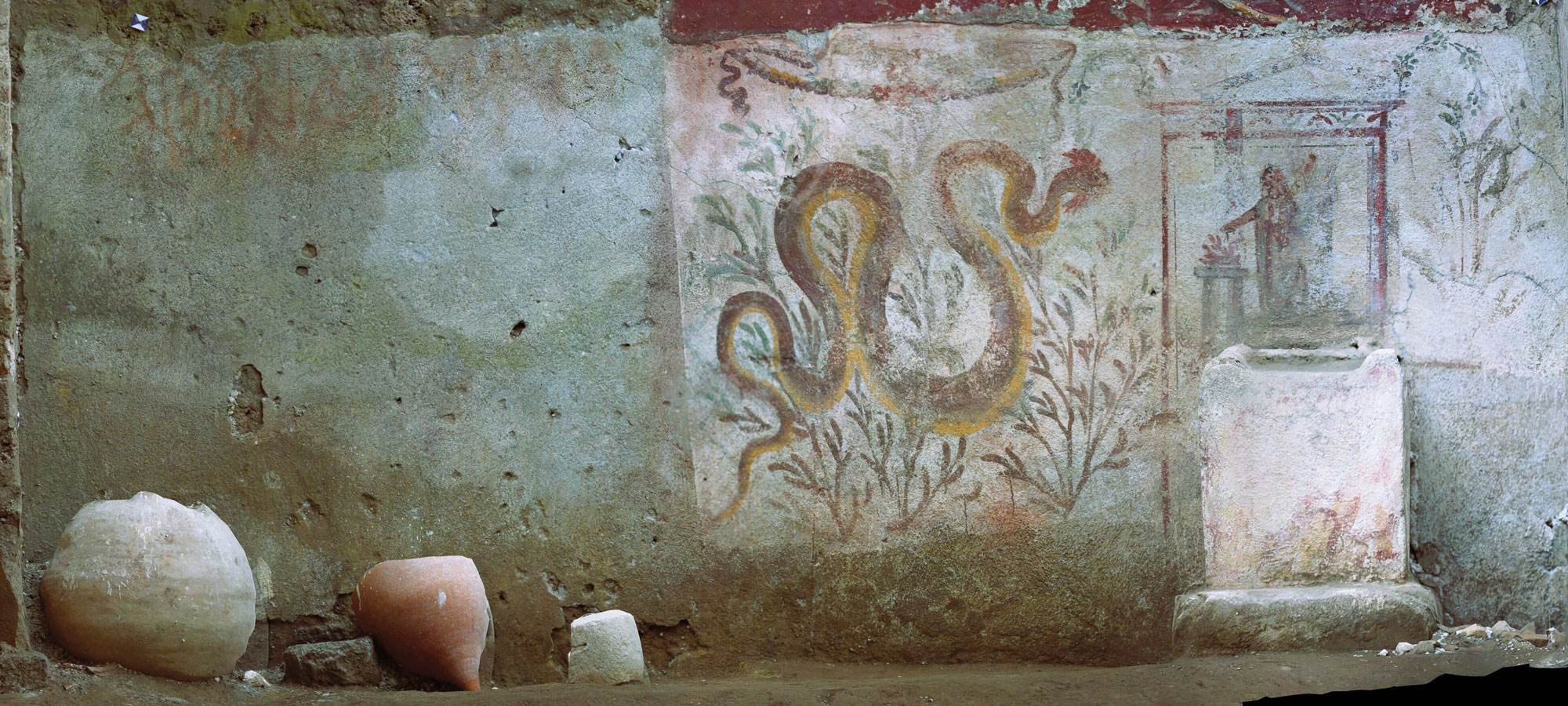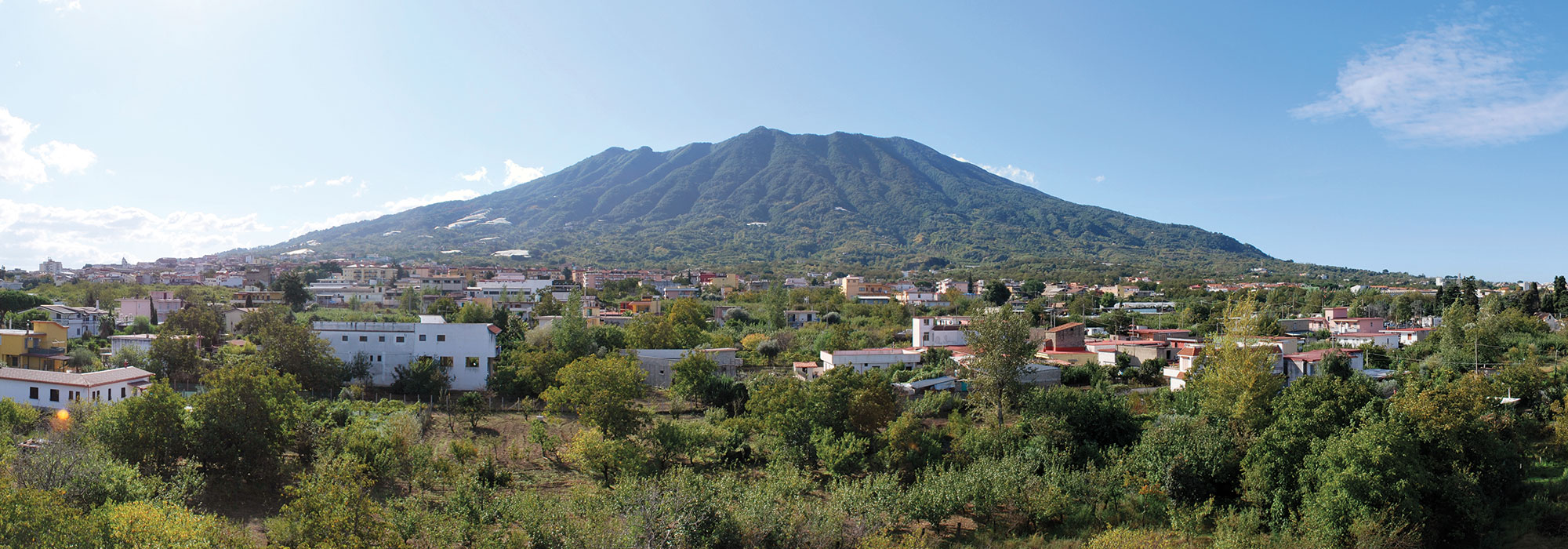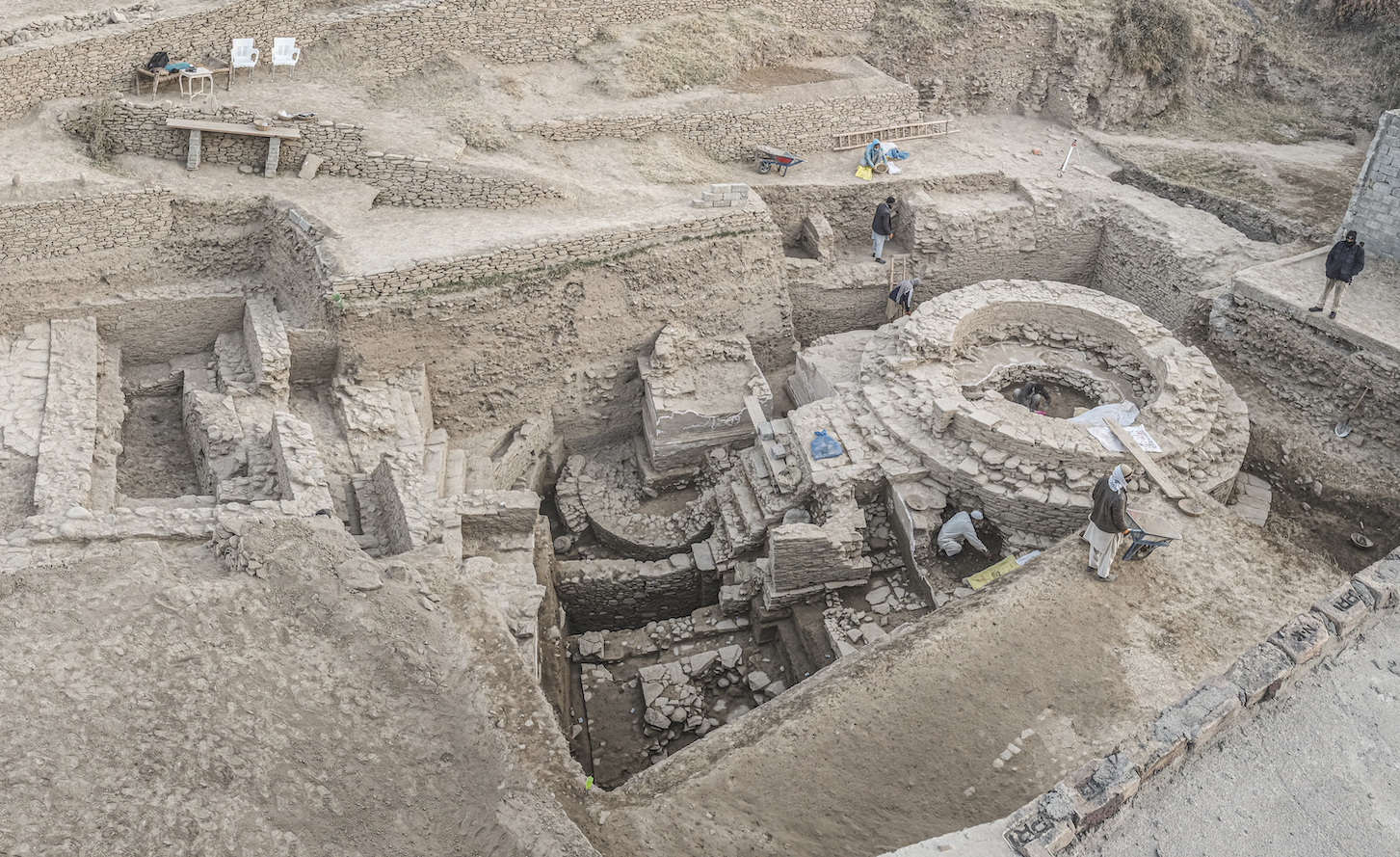
TÜBINGEN, GERMANY—According to a Live Science report, an analysis of the genomes of 356 European hunter-gatherers who lived between 35,000 and 5,000 years ago suggests that two genetically distinct groups comprised the Gravettian culture, which produced similar weapons and art known today between 33,000 and 26,000 years ago. Cosimo Posth of the University of Tübingen said that one of these lineages, dubbed Fournol after a site in France, belonged to a group of people whose remains have been recovered in France and Spain, while the other, named Věstonice for a site in the Czech Republic, came from the Czech Republic and Italy. He added that the Fournol were descended from the Aurignacians, who lived in Europe between 43,000 and 33,000 years ago. Ancestors of the Věstonice came from western Russia, however. The study also indicates that the Fournol survived the Last Glacial Maximum, but the Věstonice died out. It had been previously thought that the Věstonice lived in Italy during the Last Glacial Maximum, with their descendants producing what is known as Epigravettian culture after the glaciers retreated. Instead, migrants from the Balkans as early as 17,000 years ago are likely to have produced Epigravettian culture. Finally, the study suggests that as the climate warmed and forests spread across Europe some 14,000 years ago, the Epigravettians spread northward as the descendants of the Fournol died out. Read the original scholarly article about this research in Nature. To read about recent research on a famous Gravettian figurine, go to "The Birth of Venus," one of ARCHAEOLOGY's Top 10 Discoveries of 2022.


